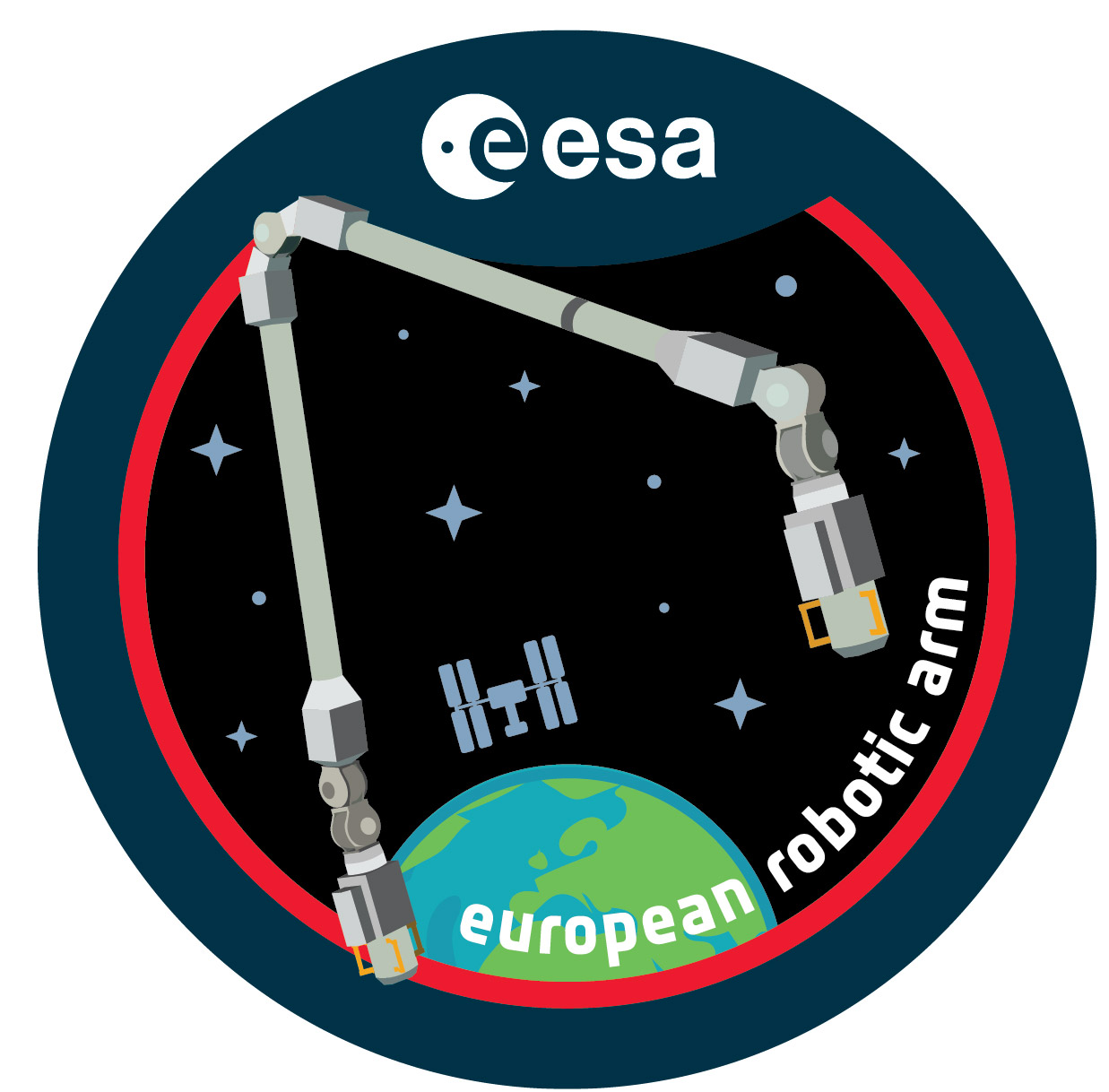
A new ERA in space – a different kind of perseverance
A new ERA in space A different kind of perseverance
It is 11 meters long and has an even longer history: ERA (European Robotic Arm), developed and built by ESA, launched to the ISS with the Russian multipurpose laboratory module NAUKA. Its journey from idea to space underscores one more time: space is hard and it can take a long time to get there. Let’s take a look at this arm’s journey into space.
HERA for HERMES
The robotic arm was first conceived of as the Hermes Robot Arm (HERA), a “robot that will support the Hermes Spaceplane in its primary mission: the servicing of the Columbus Free Flyer”. As such it was presented in the 1992 IEEE International Conference on Robotics and Automation. The paper is available on the IEEE Explore site.
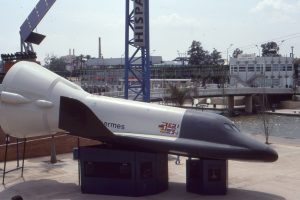
Let’s unpack this apparently simple sentence for fun. So HERMES was a proposed ESA space plane that was supposed to launch on Ariane 5 and carry crew to LEO. It was in essence a small Space Shuttle, complete with a cargo bay and the robotic arm to bring payloads from the cargo bay of the space plane onto a small space station. Planning started in the 80s, the first launch was planned for 1998, which then slipped to the early 2000s.
It’s initial destination was the Columbus Free Flyer – an ESA program to develop a space station. That was cancelled in 1991 while still in the planning stages. Aspects of the program were later realised in the Columbus science laboratory attached to the International Space Station (ISS).
So with no destination and – after the end of the cold war – with access to space for crewed missions through both NASA and the Russian space program, HERMES was cancelled in 1992. But the robot arm design did not go away.
#MIR2

The next proposed use was for MIR-2, a Soviet space station project initiated in 1976. This project went through different iterations, some smaller, some bigger. The one thing they had in common was that they were built around a core module called DOS-8, that would provide housing for the assembly crew. At one point the space station would have included up to four 90-tonne modules attached to the DOS-8 module. The huge modules were to be launched on Energia. That was a heavy lift rocket designed to bring payloads of up to 96 t to LEO or lift Buran, the Soviet space shuttle, into orbit.
Where the Soviets were planning MIR-2, the Americans were looking to build their own large space station called Freedom. But then, the Iron Curtain came down.
ISS – first attempt
in 1999 ESA published a short film outlining role ERA would play on the ISS.
Now plans were made to merge the two large scale space station projects into what would ultimately become the ISS. Those plans came to fruition fairly quickly. In 1993 Zarya was launched as the first module of the ISS, followed by the US built Unity connecting module and then – in 2000 – the russian modul Zvesda, otherwise known as DOS-8.
The European Robotic Arm (ERA), as it was by now called, was going to be placed on the Russian Science Power Platform, also part of the MIR-2 design. But at some point, as Philippe Schoonejans put it an episode of the ESA Explore Podcast, “that got canceled (…). And I think the Russians had then decided that it was OK for them to use the power coming from the very, very large American solar arrays on the American system.”
Canceled? Again? But wait: you get the power from another place, but it’s called Science Power Platform, so what about science (Nauka in Russian)?
Nauka
Fourth time lucky? Planning for more Russian science modules to be attached to Zarya and Zvesda went back to the 90s. But a lack of funds caused many delays. Finally, in 2004, the decision was made to use the Zarya replacement module to build Nauka. The module had already been about 70% complete since 1998, and had not been needed because of the successful 1998 launch of Zarya. In 2005, it was agreed to launch ERA together with Nauka.
There were delays, of course, and technical difficulties. But now, not even 30 years after it was described in a paper, it has launched to the ISS atop a Proton-M carrier rocket.
ESA’S 2021 piece on the launch of ERA
Another arm
The International Space Station of course already features two robotic arms: Canadarm2 and the Japanese Experiment Module Remote Manipulator System. Both play a crucial role in berthing visiting vehicles and grappling external payloads on the US and Japanese modules. So why send another one? Just because it’s been on the books since 1992? Of course not. The Canadian and Japanese arms cannot reach the Russian segment of the International Space Station. The different types of base points and payload mounting units do not allow them to operate in other parts of the Station.
Now that it has launched, things are far from done. If you want to listen to somebody go into more detail of how the thing is going to play out until it is finally fully installed and tested and then carry something for the first time maybe in March 2022, I recommend this ESA Explores Podcast episode with Philippe Schoonejans (ESA), ERA project Manager.
The ISS is very much about learning how to space. So ERA is not only a very serviceable tool, but it can also teach us lessons human-robotic interaction in space that will be very useful when we go on to the Moon and beyond.
ERA was largely funded by the Dutch government with Airbus Defense and Space Netherlands as its prime contractors. So on twitter you can find a thread by @DutchSatellites that shows some more early conceptual drawings from ESA and Fokker. It’s fun, have a look.
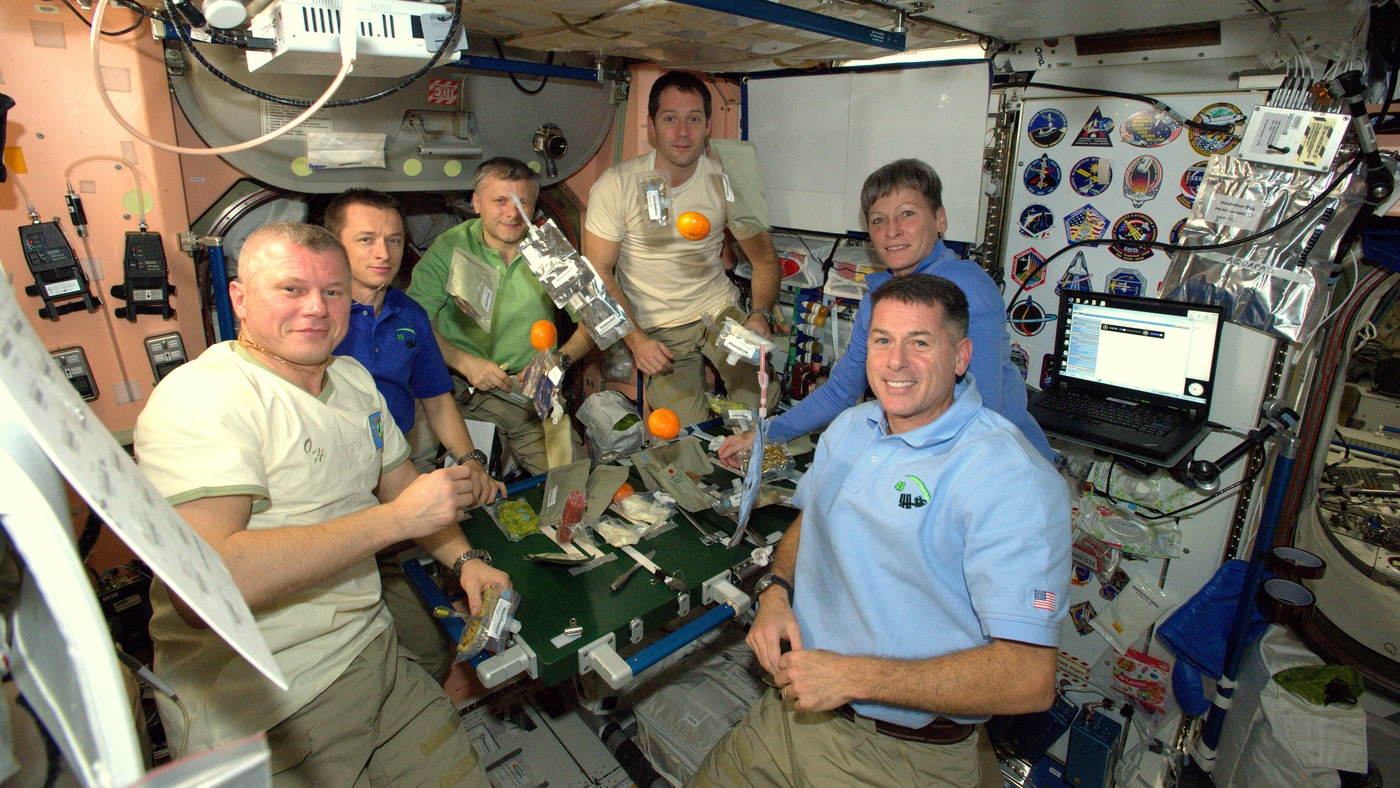
Dinner with a view
Dinner With A View ESA Astronaut Thomas Pesquet: on his second mission to the ISS, he again brings dinner for the stars
The International Space Station Expedition 50 crew gather around the dining table in the Zvezda module for a Thanksgiving dinner – image ESA/NASA.
A Gastronautic Mission
No matter if you’re living with people, working with them or meeting them for the first time – sharing a meal is always the Great Facilitator. And it’s nice, especially if the food is good. But if you are stuck in a tin can for months on end, food becomes important, as the US Navy knows: Because nuclear subs stay submerged for as long as 90 days straight, serving better food is a way to make up for what is considered to be one of the toughest assignments in the military.
“When we’re out to sea, the highlight of the day is food. There is not much else to look forward to,” says senior mess specialist Salvador Rico, a petty officer 1st class and an 11-year veteran of the nation’s nuclear submarine fleet. (LA Times)
The same is true if said tin-can is in LEO. The view may be more spectacular by a mile up there, the days packed with science and maintenance, but food is important for the joy it brings and the joy of sharing. Today “crew members can choose from about 200 different items for their standard menu that can be augmented with some personal choices to include commercial off-the-shelf items. ” The U.S. and Russian crew members bring food and like to share it. And “Astronauts from the other ISS partner agencies such as the European Space Agency (ESA), the Japan Aerospace Exploration Agency (JAXA), and the Canadian Space Agency (CSA) often bring their own specialties that are shared among all the crew members.” (NASA – Space Station 20th: Food on ISS)
European Tradition
ESA regularly sends members of different nationality up to the ISS and has a tradition to tap culinary luminaries to create menus for their astronauts. They are meant as a greeting from their home country and meant to be shared on the ISS on a special occasion. Since Luca Parmitano’s spaceflight in 2013, each ESA astronaut has worked with a great cook from their own country to develop meals that remind them of their childhood or their favourite dish on earth. On Thomas Pesquet’s first flight, for example, he brought a special dinner with French flavors for New Years Eve 2016 created by star chef Thierry Marx.
ESA astronaut Thomas Pesquet gives a tour of the International Space Station’s kitchen and the special food he will share with his crewmates in space (ESA, 2016).
Not your usual take away.
Did I say “created”? The word should actually be “developed”. The ISS is a special place, and has some very specific requirements regarding food. It should, for example, not create crumbs – because you don’t want them floating around and clogging up air ducts. Food on the ISS is generally stored at ambient temperature and must remain stable at those conditions for quite a while. So no refrigerator (and the big one outside in the shade is hard to get to and way too cold). So foods are often freeze-dried or thermostabilized – i.e. heated foods to destroy pathogens, microorganisms, and enzymes that may cause spoilage – to achieve the required shelf-life.
So your lovely dish has to undergo quite a bit before it is acceptable for space travel – and it still has to taste like something. Development of these dishes starts anywhere from a year and half to two years before a mission, ESA crew support Susanne Altenburger explains: “We start selecting meals and testing well in advance because, as well as being approved by the astronaut, meals must be sent to the lab for safety and nutritional testing, after being freeze-dried, thermostabilised or vacuum packed,” she adds. (ESA)
This time around, Thomas Pesquet got to chose from two different chefs, six dishes in total that he hopes to share with his crewmates: “But there’s basically two full meals that I’m looking forward to sharing with my crew mates and maybe trading against some other food, there’s a lot of trading of food that happens on the space station.” (quoted from newschainonline) One of the chefs we know from Pesquet’s first trip to the ISS: Thierry Marx.
Thierry Marx
Thierry Marx is quite the famous chef. He held Michelin stars for his cuisine in more than one location, and was awarded two stars at the Relais et Château Cordeillan-Bages in 1999. Currently he is at the helm of several restaurants and a pastry counter. Marx is specialised in molecular cuisine, which is already very heavily involved in the physics and chemistry of cooking. So when it comes to creating space food, he is probably a perfect fit.
The recipes for Pesquet’s Alpha mission he developed together with researcher in physico-chemistry Raphaël Haumont, co-director of the Centre Français d’Innovation Culinaire at the University of Paris-Saclay, which he had founded in 2012 together with Thierry Marx.
The resulting dishes were then prepared and canned by Jean Hénaff, France’s leading brand of pâtés and rillettes. And this is what they cooked up:
Gâteau de pommes de terre / oignons de Roscoff truffés
A deceptively simple potato cake with truffled Roscoff onions. Those are special onions originating from the French region Finisterre. The Roscoff onion is very popular because of its delicious taste, vitamin C content, mildness, pretty pink colour and shelf life.
Bœuf de sept heures / sauce aux cèpes
Seven hour beef is just that: beef tenderly cooked for seven hours for special tenderness with a mushroom sauce. It requires red wine to make, but alcohol is a no-go on the ISS, so there were some special challenges to be overcome in developing this dish, as Raphaël Haumont points out: “Making a traditional alcohol-free wine sauce is the result of a long process. Ethanol should be extracted using a rotary evaporator. Fine analyzes (NMR) are then carried out to verify the absence of alcohol.”
Amandine poires caramélisées
This caramelised pear with almond garnish is a perfect fit for the occasion. Says Thierry Marx: “We have turned to low-sugar recipes with the shortest possible list of ingredients. This represents a new challenge. To make the amandine without adding sucrose, for example, we had to work on the texture of pear pectin which will provide us with natural sweetness and gelation.”
Ready for Launch
To get the delicious compositions ready for launch and ultimately a lovely dinner with a view, Jean Hénaff meticulously assembled the food by hand and packaged it fit for space: “Our expertise consists in perfectly crimping the boxes for absolute sealing and filling just what is needed in order to preserve the nutritional and taste properties of the recipes so that the astronauts find the flavors of the food intact. Earth and the pleasure of taste. The other challenge is to guarantee flawless microbiological safety,” says Carole Machut, R&D Manager of the Jean Hénaff Group. That the company has been designing around 2000 dishes per year for the ISS since 2011 and subsequently enjoys a USDA approval, certainly helped.
And of course they also took care of the presentation of the dishes. “The visual aspect of the dishes can have a comforting side for the astronaut. On the organoleptic profile, we want the dishes’ taste in space to be as close as possible to that on earth,” Carol Machut added. (quoted from archyde.com)
Francois Adamski
The other chef tasked with creating the culinary high-flyers is Francois Adamski, a celebrated chef in his own right, with a Michelin star and a Bocuse d’or. In 2019 he was appointed Coporate Chef at Servair, big, among other things, in airline catering.
Here, Pesquet got to choose between 10 suggestions – and he selected:
- Crunchy and creamy small spelt, melting celery and Périgord truffle (Petit épeautre croquant et crémeux, céleri fondant et truffe du Périgord
- Beef bourguignon, smoked farm breast, mushrooms and small glazed onions (le Bœuf bourguignon, poitrine fermière fumée, champignons et petits oignons glacés)
- Classic Crepes flambéed with Grand Marnier and orange zest, Suzette style (les Crêpes flambées au Grand Marnier et zestes d’orange, façon Suzette)
Those posed their own type of problems. For packaging they chose pouches rather than cans, says Boris Eloy (Executive Vice President, Innovation, Servair): “The real challenge was to develop a “gourmet” product with the constraints of heat treatment but also reduced sodium and alcohol content, all with a “dense” texture suitable for consumption in zero gravity. Unlike traditional canning, the flexible pouch technique made it possible to combine the preservation of the original flavours with a very long shelf life.”
Thomas Pesquet was invited to do a comparative tasting between the dishes prepared fresh and those sterilised in pouches. “For me, it was essential to preserve the flavors of the dishes, whether they were fresh or in sterilized bags.” François Adamski, Servair’s Corporate Chef, said. “We work diligently to adjust the seasonings every time until we obtained a product that was very close in taste to its non-space version” (quoted from servair press release).
Matter of Taste
While you can theoretically endeavor to follow the special food and cook it fresh as Pesquet is sharing it with his crewmates on the ISS, it will never quite the same – because of gravity: On Earth, gravity causes body fluids to settle toward the feet, but in space, those fluids can float freely throughout the body. The retention of fluids in the head can have the same effect as congestion from a cold or virus. Congestion lessens the ability to smell and, therefore, taste food, which can lead to a preference for hot peppers and other spicy items, as this npr-article pointed out.
“Your head sort of inflates like someone is squeezing the bottom of a balloon,” says Chris Hadfield, who also adds that the effect disappears after a few days, and food tastes the same.
Mission specialist Clayton Anderson, who spent 152 days on the ISS as a flight engineer for Expedition 15 in 2007, says he only suffered from congestion the first few days there, although it returned intermittently. Nevertheless, he found some foods to be bland, whereas others that he had tasted and disliked preflight, such Tvorg (a tangy Russian cottage cheese dish with fruit and nuts) became space station faves.(quoted in Scientific American)
Then there is also the odours in the ISS, although opinions there also seem to vary: Scott Kelly stated once, that the ISS smelt like prison: “I was touring the Harris County Jail, and there’s this room that smells like space station—combination of antiseptic, garbage, and body odor. You know how on Earth, with gravity, stuff tends to rise or fall depending on its weight compared to air? On the ISS, that doesn’t happen, so smells can kind of linger.” (quoted in wire.com). Kjell Norwood Lindgren though was surprised about how fresh the ISS appeared to him thanks to impressive technology in the space station’s life support system. “The air in the space station actually smelled great,” he said in a video. “The filters in the life support system do a great job cleaning the air. There were no issues at all.”
And finally – a tiny little TEDx talk
If you want to know more about the challenge of preparing a special meal for the ISS, I have a talk for you: it is a TEDx talk by Thorsten Schmidt. He is the Danish chef who prepared the meals for Danish ESA astronaut Andreas Mogensen, and he will take you through his journey to that goal.
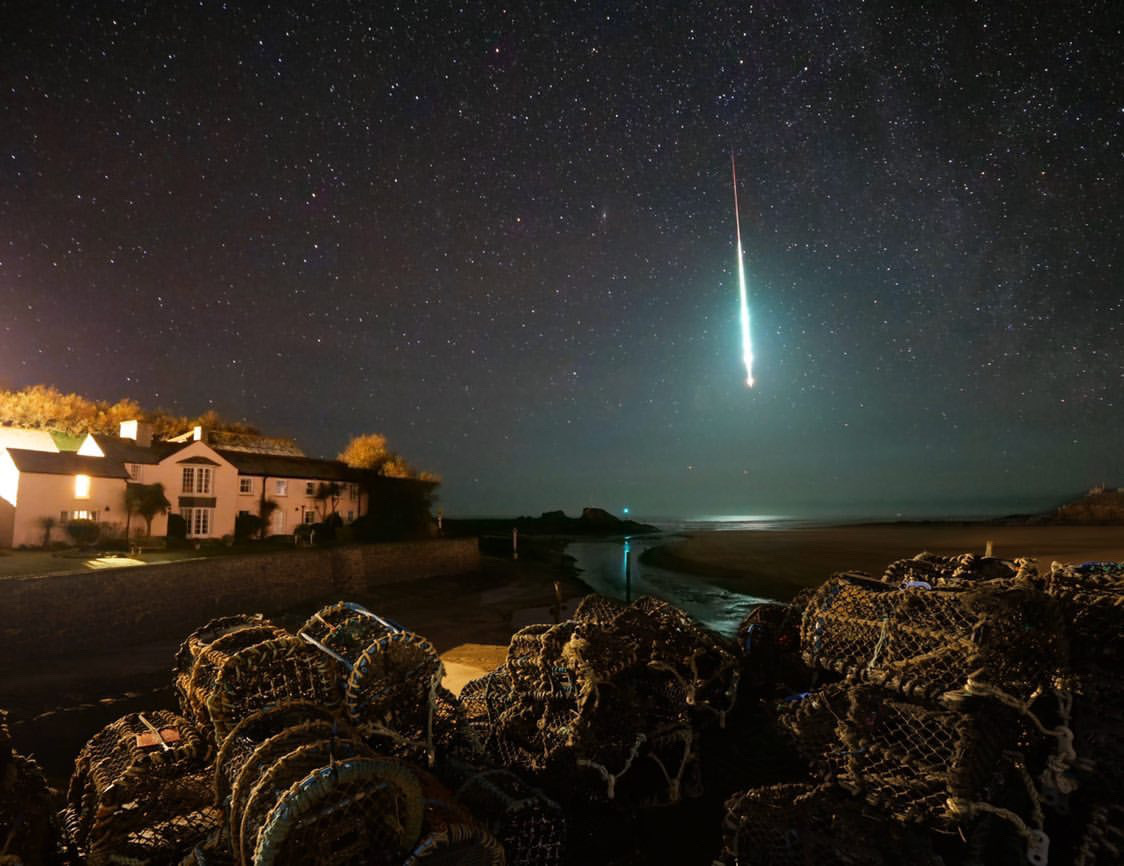
Become a Planetary Defender Today
On 10 September 2020 an asteroid missed our planet by 40 million kilometers, more than 100 times the distance between Earth and the Moon.
It was detected only very recently by amateur astronomer Leonardo Amaral of the Campo dos Amarais observatory in Brazil.
To quote Planetary Society’s Chief scientist Bruce Betts: “the fact that this relatively large near-Earth object, or NEO, wasn’t detected until now serves as a reminder that there’s much work to be done when it comes to defending our planet from dangerous asteroids”.
Leonardo Amaral’s important discovery was supported by the members of The Planetary Society, which awarded Amaral an $8,500 Shoemaker NEO grant to purchase a more stable telescope mount for better tracking and longer camera exposures.
You, too, can become a Planetary Defender by donating. Every dollar will power our crucial planetary defense initiatives.
Photo © Chris Small. Downloaded from ESA. Find more of Chris’ photography on his website, Ocean And Earth Photography.

Mars Missions 2020
Mars Missions 2020
This year will see four missions launching to Mars. The timing is of course dictated by the orbits of Mars and Earth in relation to another, which open a good launch window every two years. But the number also shows how space exploration has become a global affaire instead of one conducted only by a few nations.
(Titel image ESA/Roscosmos/CaSSIS, CC BY-SA 3.0 IGO )
ExoMars
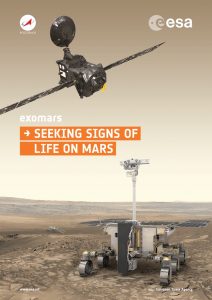
This is part two of a mission that started in 2016. Part one brought the Trace Gas Orbiter (TGO) into Mars orbit and released the Schiaparelli EDM lander. The TGO has since produced some interesting science. The lander did not land successfully, proving that a) space is hard, and b) you test to learn from your failures.
Part two will now deliver the Rosalind Franklin rover, named after the X-Ray cristallographer so instrumental in the discovery of the structure of DNA. It will land using the Kazachok lander and descent stage.
One of the main instruments will be a drill to “retrieve samples from up to 2 m below the surface, delivering them to the onboard science laboratory for detailed analysis to sniff out signs of biological signatures.” (see this ESA-post for more details)
The entire mission is dedicated to help answer the question whether life has ever existed on Mars.
Mars 2020 / Perseverance

The mission will bring a rover to Mars now named Perseverance, that is based on the Curiosity rover but with all new instruments.
It will also have a drill. And it will also be about bio-signatures – to quote Wikipedia: “It will investigate an astrobiologically relevant ancient environment on Mars and investigate its surface geological processes and history, including the assessment of its past habitability, the possibility of past life on Mars, and the potential for preservation of biosignatures within accessible geological materials.”
Here is an overview of all instruments on board the rover.
It is also the first step for the proposed Mars sample return mission – which now looks like it could actually happen, as both ESA and NASA have been given budget to perform part of this complex mission.
There is also a NASA JPL fact sheet for the mission (PDF).
|
Here is the launch: |
And here is the landing |
|---|
Hope Mars Mission
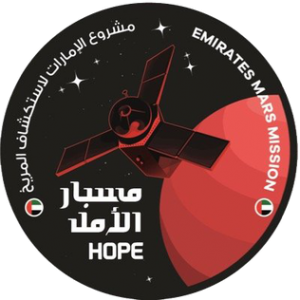
The Hope Mars Mission – aka the Emirates Mars Mission – is a probe (not a lander) that wants to provide a complete picture of the Martian atmosphere and its layers and so help answer key questions about the global Martian atmosphere and the loss of hydrogen and oxygen gases into space over the span of 1 Martian year.
As it is a cooperation between the Mohammed bin Rashid Space Centre, the University of Colorado and Arizona State University it is also a contribution towards a knowledge-based economy in the UAE.
More details are available on Wikipedia’s Hope Mars Mission page and on the Mohammed bin Rashid Space Center’s project page.
Launch coverage:
Mars Global Remote Sensing Orbiter and Small Rover - Tianwen-1
The Chinese Mars Global Remote Sensing Orbiter and Small Rover is now officially named Tianwen-1, meaning ‘questions to heaven’. The name was revealed on China Space Day, marking the 50th anniversary of the launch of China’s first satellite, DFH-1, on April 24th.
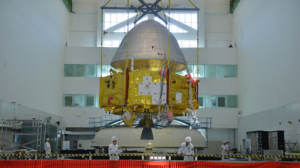
The priorities of the mission include finding both current and previous life, and evaluating the planet’s surface and environment. Solo and joint explorations of the Mars orbiter and rover will produce maps of the Martian surface topography, soil characteristics, material composition, water ice, atmosphere, ionosphere field, and other scientific data will be collected.
CNSA initially focused on the Chryse Planitia and on the Elysium Mons regions of Mars in its search for possible landing sites for the lander and its associated rover. However, in September 2019, during a joint meeting in Geneva of the European Planetary Science Congress-Division for Planetary Sciences, Chinese presenters announced that two preliminary sites in the Utopia Planitia region of Mars have instead been chosen for the anticipated landing attempt, with each site having a landing ellipse of approximately 100 by 40 kilometers.
These and more details can be found on the Huoxing-1 Wikipedia page
